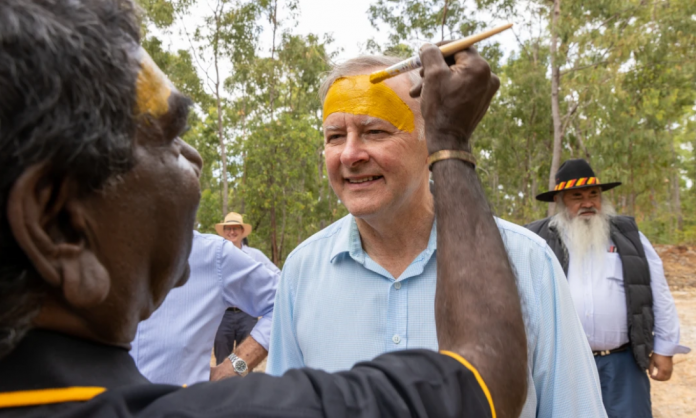Protests against the acquittal of George Zimmerman, the murderer of 17-year-old Trayvon Martin, have reverberated across the US. But it is not only there that outrage has been felt.
The Zimmerman trial again highlighted the issue of racial profiling. Many people saw in the US case a reflection of the way Aboriginal people are treated by cops and courts here.
Racial profiling in Australia is worse than in the US. Figures released last year show that Aboriginal children are 23 times more likely to be jailed than non-Aboriginal children.
Aboriginal people as a whole are 14 times more likely to be jailed. And the figures are rising. In fact, Australia in this regard is more racist than apartheid South Africa. In the Northern Territory, Aboriginal people make up almost 90 percent of the prison population.
The police are a key part of the racist system that produces these figures – and the courts back them up. Once Aboriginal people are detained, their chances of being killed by the police are high.
Some, like Mulrunji Doomadgee on Palm Island in 2004 or John Pat in Western Australia in 1983, are killed directly by police violence. The cops have got away with it every time, thanks to the judiciary.
Some, like the 15-year-old boy in the Northern Territory who was jailed for 28 days in 2000 for stealing paint and textas, are driven to kill themselves.
And there’s death by neglect. In 2008 two prisoner transport guards, their company and the WA Department of Corrective Services were responsible for the death of Aboriginal elder Mr Ward, who in a 400 kilometre trip in 42 degree heat in the back of a security van without enough water, airconditioning or any attention, was literally baked to death with heat stroke.
Because of the shared history of oppression, Aboriginal people in Australia have a long history of solidarity with the struggle against racism in the US.
Veteran Aboriginal activist Gary Foley’s Koori History website (kooriweb.org) is a goldmine of information on these links, which can be only briefly sketched here. When Fred Maynard and Tom Lacey set up the Australian Aboriginal Progress Association in 1925, they were influenced by Marcus Garvey’s Universal Negro Improvement Association in the US.
They had also been associated with two visits to Sydney by world-renowned US black boxer Jack Johnson in the early 1900s.
In 1968 the Victorian Aborigines Advancement League under the leadership of Bruce McGuinness and Bob Maza invited a Caribbean activist and academic, Dr Roosevelt Brown, to give a talk on black power in Melbourne, and these ideas were subsequently taken up by younger activists in Brisbane and Sydney.
This was just after Charles Perkins’ “freedom ride” in 1965 – itself modelled on the “freedom rides” to the US South undertaken by the civil rights movement.
The years have passed since those times, but when we look at the racism of the US today, we see in many ways a mirror image of the racism here.










